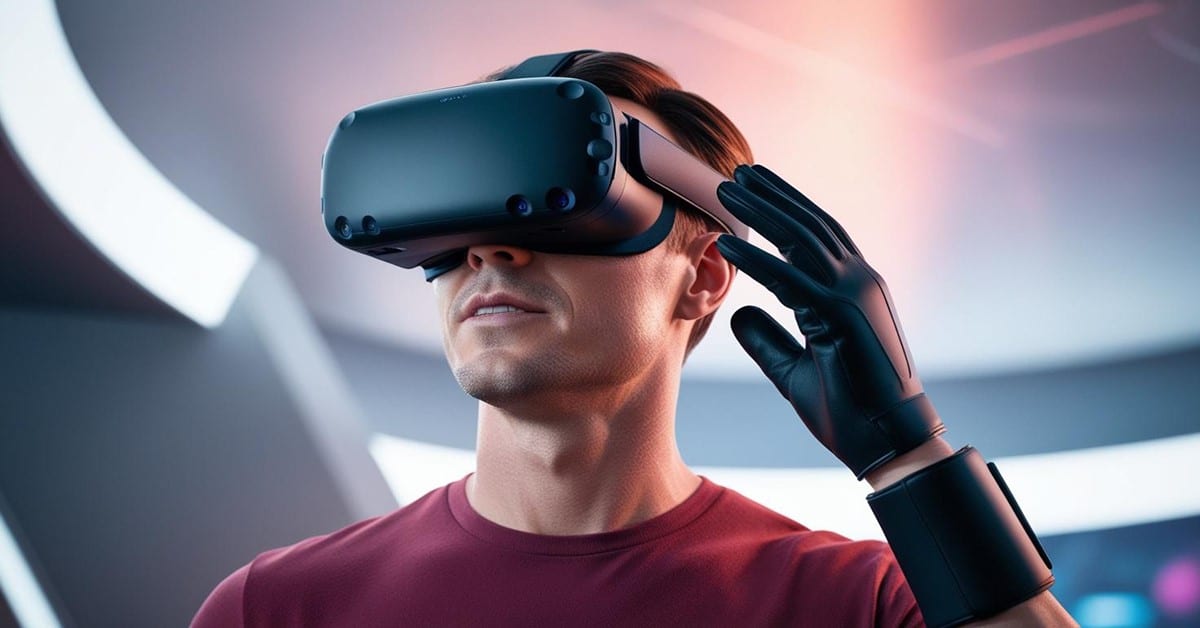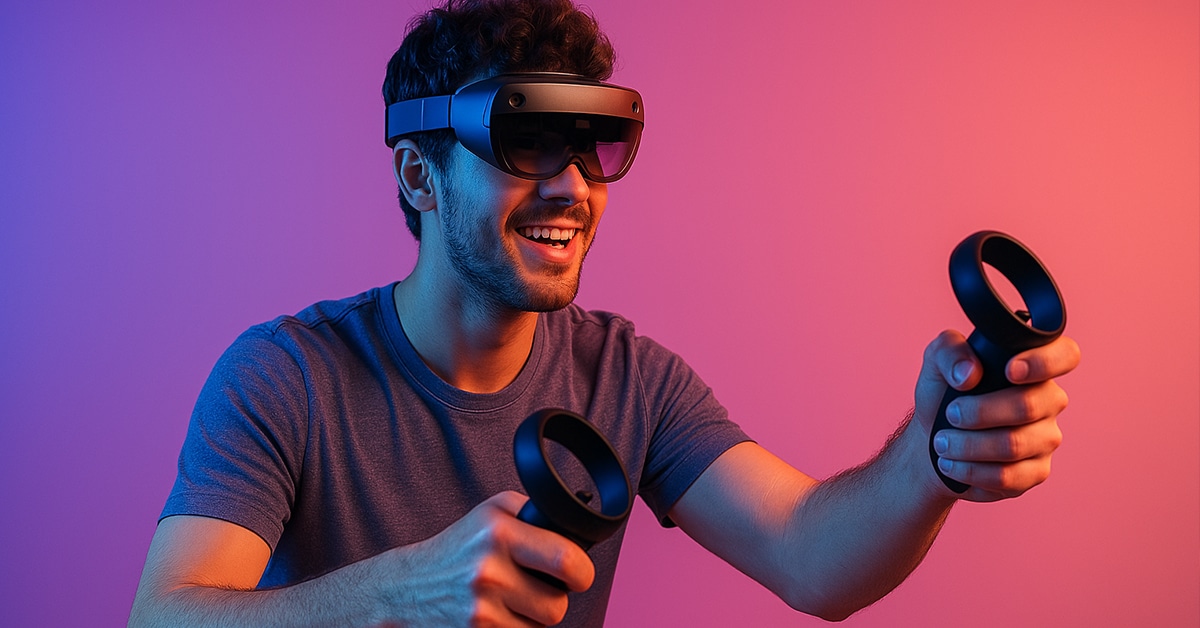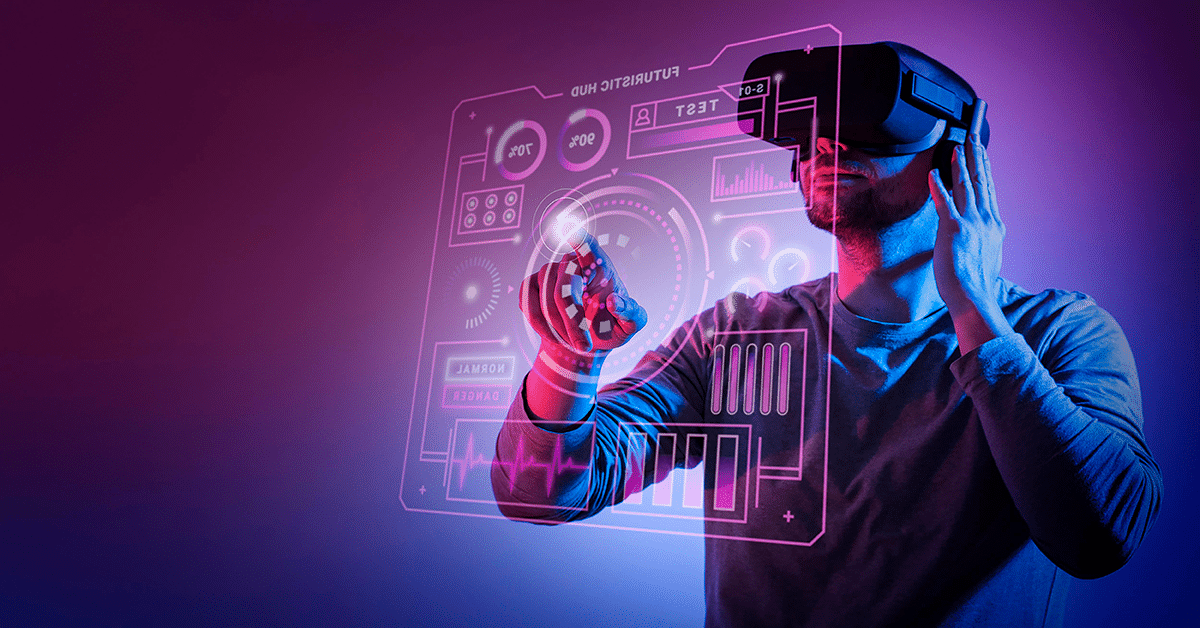In this series, we interview the founders and CEOs behind Metaverse companies. The metaverse is fully in development, and many different technologies are involved in this process. These inspiring people are at the frontier of developing a future where the online and physical worlds merge.
In this article, we interview Cai Felip of Union Avatars. Cai is the Co-founder & CEO of Union Avatars and founded it in 2019. Union Avatars has created a realistic full-body character creator tool to improve your experience within virtual worlds and the metaverse. You can create a realistic avatar with a single selfie.
Can you tell us a bit about yourself?
I started developing games under my father’s wing at 12, in both MS-DOS and Windows 3.1. Later on, I joined hackerspaces in Barcelona. I eventually dropped out of engineering studies at University to develop a music and events manager career. I created two successful companies and became involved in crypto spaces in early 2014. I also played around a lot with federated identity systems. I jumped into the metaverse in 2019 with Linking Realities.
What is the metaverse, according to you?
For me, it’s made up of both immersive and non-immersive platforms. It’s video games, economic systems that work on the blockchain, off-chain economic systems, identity systems, avatars, and 3D object creation. This conjunction of elements is what ends up creating the metaverse. I don’t think the metaverse is something palpable. For me, the metaverse is open. It’s not just made up of closed and centralized platforms.
The metaverse really should recover a bit of the original idea of the early internet. This means using technologies that are totally open and totally free. We could never have achieved the developments we have now if the early internet hadn’t been free and open.
When and how did you realize the metaverse was going to be real?
We’ve believed that the metaverse will be a reality for the past three years. We began to think about the possibility of creating an immersive platform where users could create and manage their virtual environment back in 2019. There weren’t many people openly talking about the metaverse at the time. And the vast majority of investors just saw us as geeks. At least until the moment that Facebook announced its name change to Meta. The next day, we started receiving messages and calls from all those companies and investors who hadn’t taken us seriously.
According to you, what does it take for the metaverse to become mainstream?
I think there’s a long way to go before the metaverse becomes mainstream. From my point of view, it will be very difficult for the metaverse to become mainstream until its platforms focus resources on improving the user experience. This includes minimizing barriers to entry, organically viralizing their content, and creating an adequate culture with different use cases.
The construction of bridges between the different platforms that are part of the metaverse is another key element. This will facilitate interoperability and portability between users and NFTs.
What triggered you to start your metaverse company?
We saw that there was a need for tools and bridges between realities. People needed to manage and project their digital identity in the metaverse and all the emerging immersive platforms. We’ve always said that if the metaverse is the new gold rush, we don’t want to be gold diggers. We want to provide the picks and shovels.
What’s the story behind your company?
We started the project after several conversations on bridging the gap between our reality and the emerging immersive paradigm. In 2020 we decided to enter the virtual worlds and shared our vision with Arman. He had more than five years of experience in Computational Design and Lead Development. Arman joined our company as CTO. I come from a tech background with a specialization in blockchain. I also built my first startup, which was my second company, in 2018. That company is still alive under different management.
John Radoff describes the value chain of the metaverse with 7 layers. In which layer(s) does your company operate? Can you give an example?
Decentralization is one of the more important layers we’re operating on right now. This is because we offer identity and portability through identity management that different DAO-managed credential issuers operate. The human interface is also an important layer in our company since we’re offering an identity management system based on avatars.
Who were the people who have been the most helpful in getting you to where you are today? How did they impact your life and your success?
Carlos Solana, current Director of Web3 & Metaverse in Mediapro, has been one of the key people throughout this journey. He’s much more than an advisor to us and has helped us fully enter the metaverse world. And his advice has been crucial in helping us avoid losing focus on where we want to go as a startup.
What do you hope the metaverse will look like in 10 years?
Technology has always been closely related to socialization for me. It can help us change the world for the better – or for the worse. We hope the metaverse will create a more connected world by bringing a social environment to all its citizens.
How do you envision your company’s role within the metaverse in 10 years?
In Linking Realities, we think that identity will become one of the fundamental pillars of the upcoming immersive reality. More of a right than a benefit. We envision ourselves providing solutions for interoperability, portability, and identity management in a broader scale. This will connect users to different platforms.









Leave A Comment